Found a total of 10000 related content

Distributed Tracing in Next.js
Article Introduction:As modern applications become increasingly distributed, especially with the rise of microservices and serverless architectures, monitoring and debugging these systems becomes more complex. Distributed tracing helps developers track requests as they m
2024-11-07
comment 0
1185
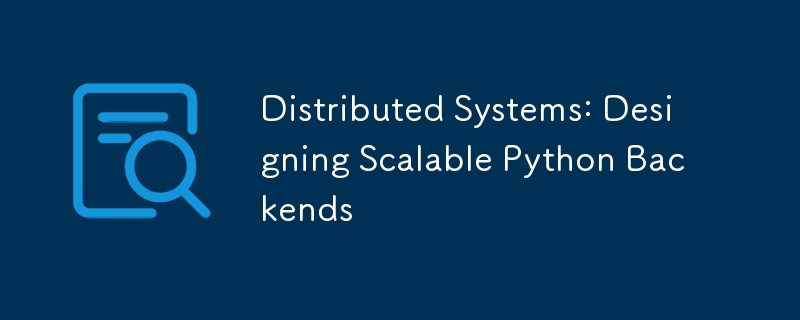
Distributed Systems: Designing Scalable Python Backends
Article Introduction:Modern web-connected systems are almost universally distributed. A distributed system comprises multiple computers or servers collaborating for optimal functionality, enabling seamless user experiences even under heavy load. Contrast this with a si
2025-01-27
comment 0
674
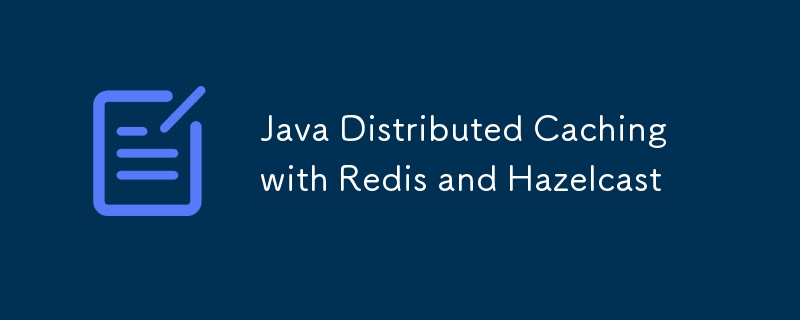
Java Distributed Caching with Redis and Hazelcast
Article Introduction:Redis is suitable for centralized cache and persistent storage, supports multiple data structures and high-availability architectures, and is suitable for global high-frequency data; Hazelcast is a lightweight distributed cache that supports local distributed hybrid scenarios, suitable for temporary and reconstructible data; the two can be used in combination, Redis handles global data, and Hazelcast manages local distributed data; at the same time, cache penetration, avalanche, and breakdown problems need to be handled.
2025-07-22
comment 0
478
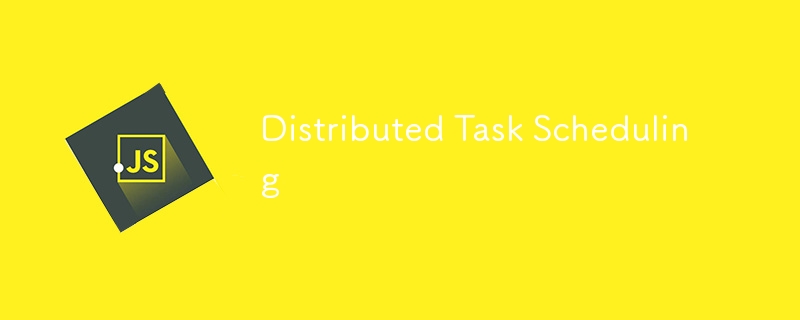
Distributed Task Scheduling
Article Introduction:Understanding Distributed Task Scheduling
Relatable Problem Scenario
Imagine you are managing a large-scale online application, such as an e-commerce platform. ? During peak shopping seasons, your system needs to handle thousands of
2024-12-16
comment 0
604

Title: How to use Composer to solve distributed locking problems
Article Introduction:Summary Description: Distributed locking is a key tool for ensuring data consistency when developing high concurrency applications. This article will start from a practical case and introduce in detail how to use Composer to install and use the dino-ma/distributed-lock library to solve the distributed lock problem and ensure the security and efficiency of the system.
2025-04-18
comment 0
394
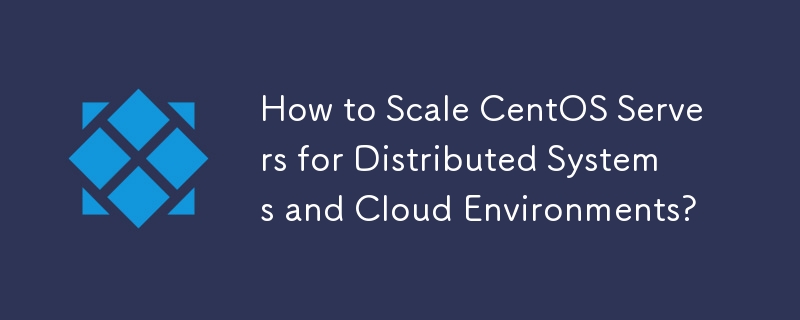

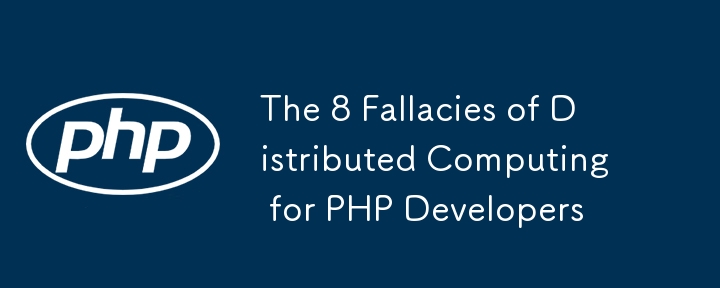
The 8 Fallacies of Distributed Computing for PHP Developers
Article Introduction:Eight misunderstandings that PHP developers need to be vigilant about in building distributed applications
Peter Deutsch proposed seven misunderstandings about distributed computing in 1997, and later James Gosling (the father of Java) added one. These misunderstandings are crucial for PHP developers because we build distributed applications every day: mashup, applications that interact with SOAP and REST services, user authentication through Facebook, Google or Twitter APIs, retrieving information from remote databases and cache services, and more. What we build is a distributed computing application. Therefore, it is crucial to understand these eight misunderstandings and their implications.
Key points:
Peter De
2025-02-27
comment 0
936
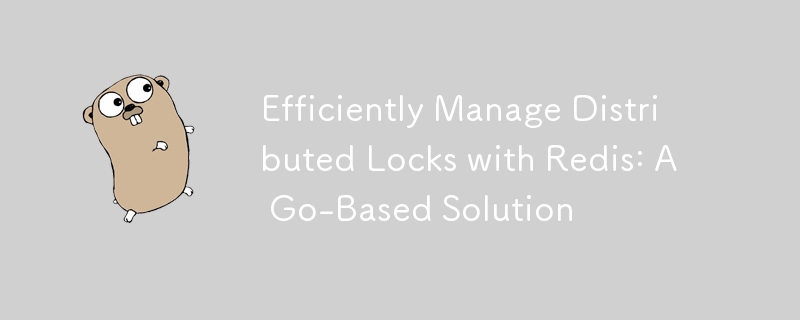
Efficiently Manage Distributed Locks with Redis: A Go-Based Solution
Article Introduction:Distributed locks are essential in systems where multiple processes compete for shared resources. Whether it’s database access or file modifications, preventing race conditions is crucial. In this article, I will propose a Redis-based distributed loc
2024-10-21
comment 0
678
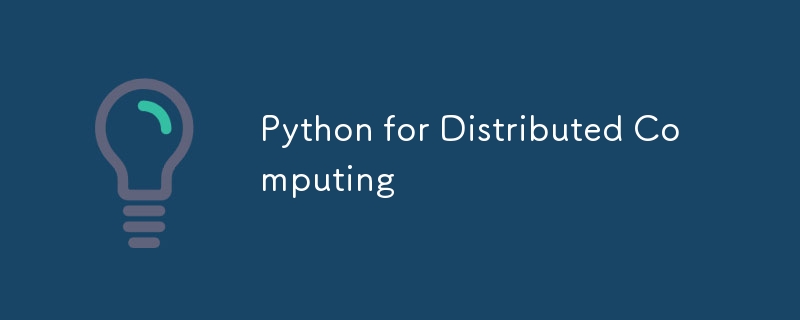
Python for Distributed Computing
Article Introduction:Python is widely used in distributed computing because of its rich ecosystem and efficient development. 1. Distributed computing is to split tasks into multiple machines to perform to improve efficiency. Python is chosen because it has many libraries, easy to debug, and strong compatibility. 2. Common frameworks include Celery (asynchronous tasks), Dask (data science), PySpark (big data processing), and Ray (high-performance scheduling). 3. Celery can be used to build a simple system: install dependencies, write tasks, start worker, and trigger tasks. 4. Note points include task granularity, data lightweighting, failure retry, monitoring logs and task dependency management.
2025-07-21
comment 0
528


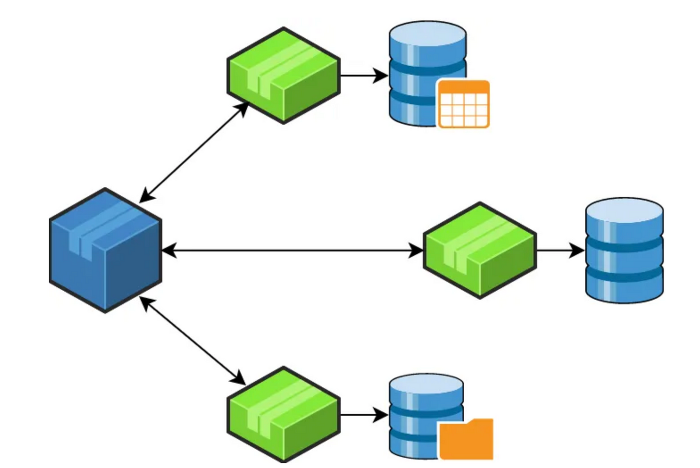

How to operate distributed training of PyTorch on CentOS
Article Introduction:PyTorch distributed training on CentOS system requires the following steps: PyTorch installation: The premise is that Python and pip are installed in CentOS system. Depending on your CUDA version, get the appropriate installation command from the PyTorch official website. For CPU-only training, you can use the following command: pipinstalltorchtorchvisiontorchaudio If you need GPU support, make sure that the corresponding version of CUDA and cuDNN are installed and use the corresponding PyTorch version for installation. Distributed environment configuration: Distributed training usually requires multiple machines or single-machine multiple GPUs. Place
2025-04-14
comment 0
1188

Java Distributed Locking Mechanisms
Article Introduction:In distributed systems, common mechanisms for Java to implement distributed locks include: 1. Redis-based SETNX EXPIRE or SET commands to implement atomic operations with NX and PX parameters, and ensure the atomicity of the unlocking through Lua scripts; 2. Use ZooKeeper to create temporary sequential nodes and combine them with monitoring mechanism to achieve high reliability locks; 3. Etcd uses lease mechanisms and v3API transaction operations to achieve strong consistency locks; 4. Use frameworks such as Redisson, CuratorFramework, and Hazelcast to simplify development and provide advanced abstraction and built-in mechanisms. Each method is suitable for different scenarios and needs to be reasonably selected according to the system architecture and needs.
2025-07-18
comment 0
850

SQL Server Distributed Transactions
Article Introduction:A distributed transaction is a set of operations performed between multiple databases or servers, ensuring that all operations are either successful or fail. Its core is to ensure cross-system data consistency and rely on MSDTC service coordination. The steps to enable: 1. Ensure the server accesses MSDTC; 2. Open the firewall port; 3. Set up the linked server to enable distributed transactions; 4. Use the BEGINDISTRIBUTEDTRANSACTION command. Common problems include timeout deadlock, DTC configuration errors, and performance degradation. Solutions include reducing transaction operations, checking network configuration, and avoiding unnecessary queries and connection pool interference. Whether to use it depends on the scene. High consistency across systems is suitable for use. Otherwise, local transactions or asynchronous operations are recommended.
2025-08-04
comment 0
909
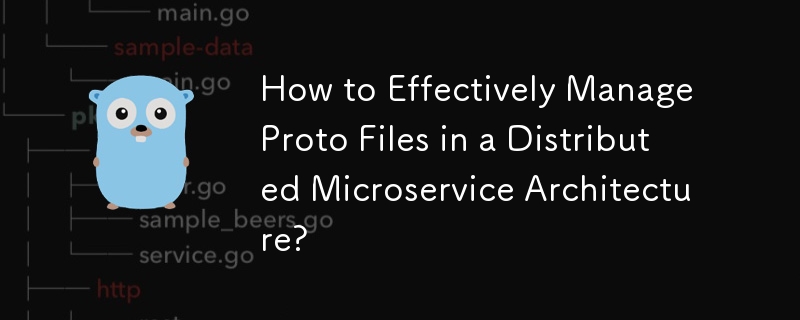

How do you handle distributed transactions in Go?
Article Introduction:The article discusses managing distributed transactions in Go, focusing on methods like Two-Phase Commit and Sagas, and best practices for ensuring consistency and reliability.
2025-03-26
comment 0
1128



















